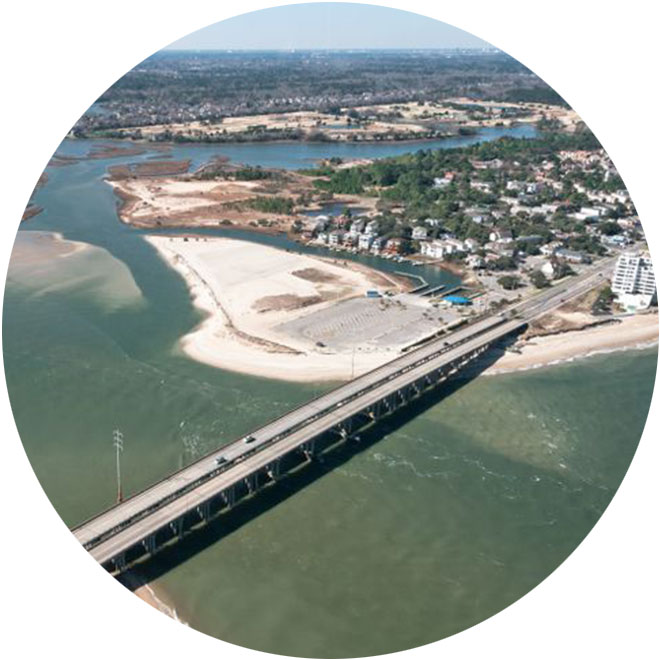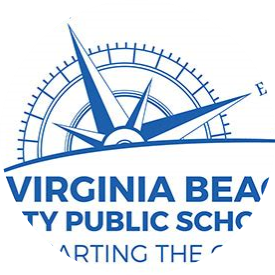Regulatory Update !
In order to keep our growing list of clients and customers abreast of the ever-changing regulatory news, MAP routinely scans and reviews the latest regulation affecting our developer/ builder clients. The latest news, involving the State Programmatic General Permit, details the most significant changes and implications affecting development in Virginia, especially Hampton Roads.
According to the Army Corps of Engineers on May 31, 2017, the 2012 State Programmatic General Permit (12-SPGP-01) expired. Its successor, the 17-SPGP-01 became effective on June 1, 2017.
The purpose of the SPGP is to authorize the discharge of dredged or fill material in nontidal waters of the United States under the regulatory jurisdiction of the US Army Corps of Engineers (COE), including wetlands, associated with certain residential, commercial, and institutional developments and linear transportation projects. In order to receive authorization under the SPGP the project must have minimal individual and cumulative impacts. The State Programmatic General Permit is issued in conjunction with the Virginia Department of Environmental Quality (DEQ) general permits and gives the Commonwealth of Virginia the authorization to issue permits on the Corps’ behalf.
While the new (17-SPGP-01) is relatively consistent with its predecessor (12-SPGP-01) there are a few notable differences between the 17-SPGP-01 and the 12-SPGP-01. Unlike the previous SPGP the new issuance no longer authorizes activities that impact waters and wetlands that are regulated by Section 10 of the Rivers and Harbors Act of 1899. However, it can be used for applicable activities excluded from State VWP permitting when those activities are associated with a larger residential, commercial, institutional development and/or linear transportation project. Another noteworthy change is the increase in cumulative non-tidal water impact thresholds from 1/3 acre in the previous SPGP to 1/2 acre of waters (including stream channels, wetlands, and open waters) and a limit for stream channel impacts has been added (1,000 linear feet) for linear transportation projects in the new SPGP. Furthermore, lateral encroachment is no longer consider differently than other linear transportation impacts and, therefore, are subject to the same impact thresholds. In the 12-SPGP-01 the mitigation ratio for impacted open waters was determined on a case by case basis; the new SPGP now requires a minimum ratio of 0.5:1 for permanent loss of open waters. Additionally, unlike the 12-SPGP-01, time extensions will not be granted for the 17-SPGP-01.
The old SPGP (12-SPGP-01) expired May 31, the new (17-SPGP-01) went into effect June 1, 2017. Permittees with expired SPGPs who secured a construction contractor and/ or commenced work by May 31, 2017 are authorized to take permitted wetland impacts until May 31, 2018. Permittees with expired SPGPs who did not secure a construction contractor or commence work by May 31, 2017 are required to obtain a new SPGP (17-SPGP-01) for activities in wetlands. For projects that are not under contract and do not meet the terms on the new SPGP, an Individual Permit (IP) will be required.
To obtain a 17-SPGP-01, the Joint Permit Application (JPA) is still submitted to the Virginia Marine Resource Commission (VMRC) and clearly marked 17-SPGP-01. The applicant will utilize the most recent of the JPA form, released by the Norfolk District of the COE on April 27, 2017. Two additional documents are required to accompany the JPA submittal. The first is a Corps confirmed Preliminary or Approved jurisdictional determination (JD). The 17-SPGP-01 is the first SPGP issuance to use the remaining document entitled “SPGP Complete Application Checklist.” The most recent version issued by the Norfolk district of the COE on April 11, 2017 is required.
The Norfolk District was waiting for the 17-SPGP-01 to receive certification under Section 401 of the Clean Water Act and the consistency determination under the Coastal Zone Management Act (CZMA). After much anticipation, on June 29, 2017, the Norfolk District Corps of Engineers received both the certification and consistency determination and was able to announce its issuance of the 2017 State Programmatic General Permit. If you have any further questions or concerns about how these changes could affect your project please feel free to contact us!









